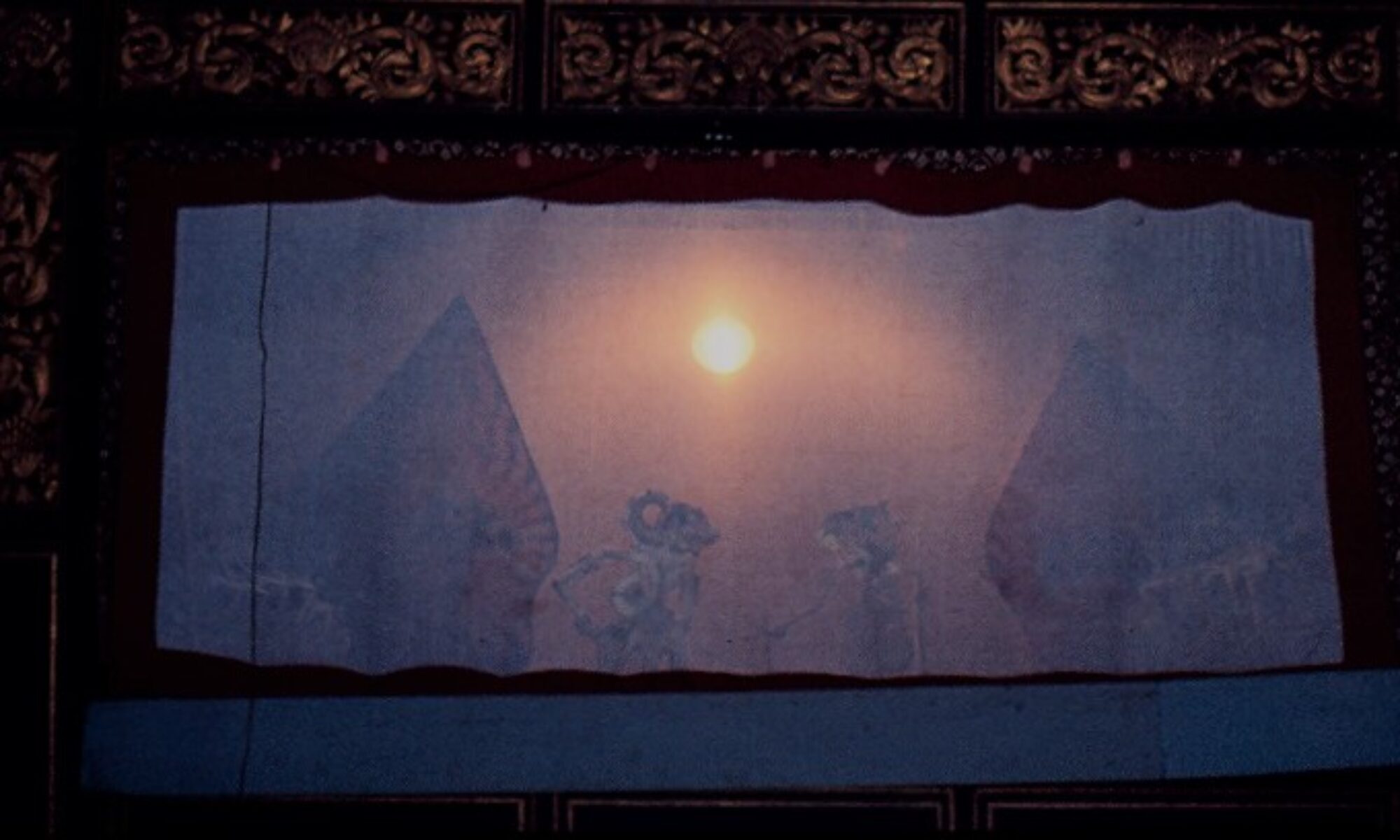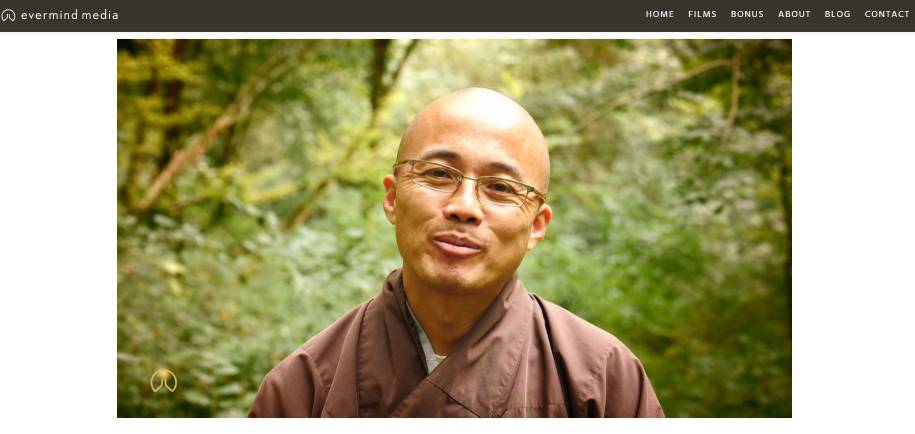Recently I visited Evermind Media, a website showcasing the collaborative efforts of Dutch filmmaker Wouter Verhoeven and the Plum Village Community founded by Thich Nhat Hanh in Southern France. Among the many films and stories posted to Evermind is a series of interviews with monks and a nun from Plum Village on the topic of caring for Mother Earth.
“What is the root cause of climate change?” “What can young people of today do?” “Do you have one word of love for Mother Earth?” These are some of the questions posed to the monastics in beautifully filmed, slowly-paced interviews which, as I think about it, really form a series of precious dharma talks.
We are reminded that the earth and the environment are not something outside of us that “need saving,” but are inseparable from us, and that transforming the suffering of the planet starts with transforming the suffering inside ourselves. This means that we become aware of how we are always running, driven by strong emotions, always looking for something to consume to give us a moment of peace, only to find ourselves running again a short while later.
People like myself, who live in large, fast-paced cities, may find it difficult to step out of the rush that’s happening around us. In fact, we may think the only way to address climate change effectively, is by adding more action-steps to the to-do list, by doubling our efforts and continually raising expectations of ourselves and others. In light of almost-daily news of an environmental crisis somewhere in the world, it makes a lot of sense to think this way.
Still, we may wish to pair our activism with a good dose of self-care, compassion and insight into “interbeing,” the inter-connectedness of all phenomena. Brother Phap Dung, a senior monk in Plum Village (who also supported us greatly in setting up the Plum Village Happy Farm), says in the interview that people should…
“…learn how to take care of their suffering, their despair, their sadness, their anger, their frustration. You are the Mother Earth. To take care of yourself is also to take care of Mother Earth. Mother Earth is not out there, as a tree in the environment. It is the carrot and how you eat the carrot. It is how you take care of your body, how you move, how you hold something with less tension, how you carry yourself, how you shut the door. Mother Earth is shutting the door. So, how you slam the door is exactly the kind of energy that is being done to the Mother Earth.”
Taking care of the earth then becomes a daily practice of taking care of ourselves emotionally and physically. It doesn’t have to wait until we attend a climate demonstration, vote in the next election, plant a vegetable garden or cycle to work instead of taking the car. We can contribute to healing the earth at any moment just by stopping, taking a deep breath and lovingly embracing all our worries and pains. And when we do so, other needed actions will follow more naturally and easily.
Br. Phap Dung also reminds us that Mother Earth is not only suffering. “Mother Earth is not just crying and in pain,” he says, “Mother Earth is also telling us, ‘wow, you are alive.’ Every day the sun rises, have you seen it lately? Mother Earth is in the child smiling, do you have time to play with the child? […] You can have suffering [and] pain, but you can also have tears of joy, laughter of wonder.”
To allow ourselves to cry tears of joy and to laugh with wonder at the gifts of the present moment is to support the whole planet right away. And it is possible to practice this form of healing at least several times a day.
This short post can hardly do justice to the depth of the reflections contained in this and the other interviews. For many more beautiful, encouraging and inspiring words on this subject, head over to Evermind Media and click on the “Bonus” section. A bow of gratitude to Wouter and the monastics for making these videos available to us at a time when so many are trying to figure out how to respond to the climate crisis.

